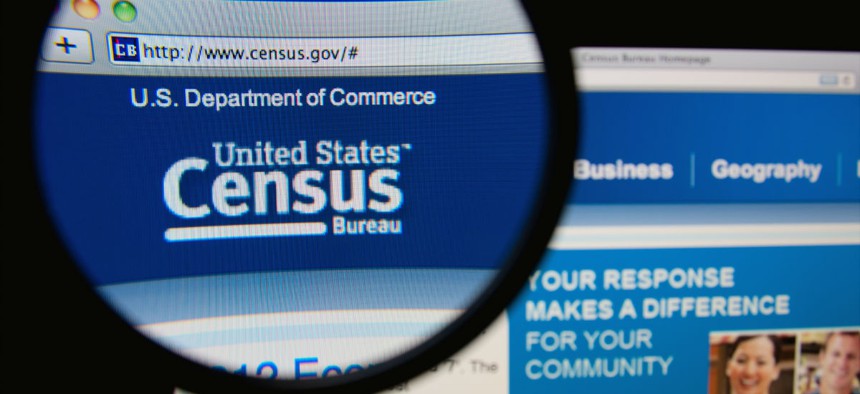Census Packs Plan for 2020 Count With New Tech

Gil C/Shutterstock.com
On Tuesday, the bureau released its 2020 Census Operational Plan, which centers on new technological techniques and cost savings.
From offering Internet response options to equipping fieldworkers with mobile devices, the Census Bureau has big tech plans for its decennial count.
On Tuesday, the bureau released its 2020 Census Operational Plan, a detailed outline of how it will carry out its nationwide population count. And if all goes according to this plan, these innovative techniques could make it the first count to be cheaper than its predecessor.
In 2010, the count cost about $124 per household, said Lisa Blumerman, associate director for decennial census programs, during a review of the plan Tuesday. The bureau’s estimated cost for the 2020 count is $88 per household.
The overarching goal of the plan is simple: “to count everyone once, only once, and in the right place.” The techniques Census plans to use for achieving this goal, however, are much more complex and involve a big boost in how the agency uses technology.
Census plans to encourage the public to respond to the count via the Internet, use data previously collected to reduce door-to-door visits, automate operations in the field and use geographic information systems and aerial imagery to boost the accuracy of its address list.
This will be the first time the bureau has used many of these techniques to count the entire country. (The agency attempted to use mobile devices during the 2010 count, but ultimately failed). With only fours years left of preparation time, Census is entering crunch time.
“Conducting a successful and cost-effective census takes years of careful planning,” said Sen. Tom Carper, D-Del., in an Oct. 6 statement about Census' 2020 plans.
Successfully counting some 320 million people in a matter of months will also require Congress to equip the bureau with the necessary resources to both prepare for the count and execute it, Carper added.
“If Congress continues to subject the bureau to ‘crisis budgeting,’ with repeated stop-gap spending measures, sequester, and shortfalls in funding, the bureau’s operational plan will quickly be thrown off track,” he said.
(Image via Gil C/Shutterstock.com)





